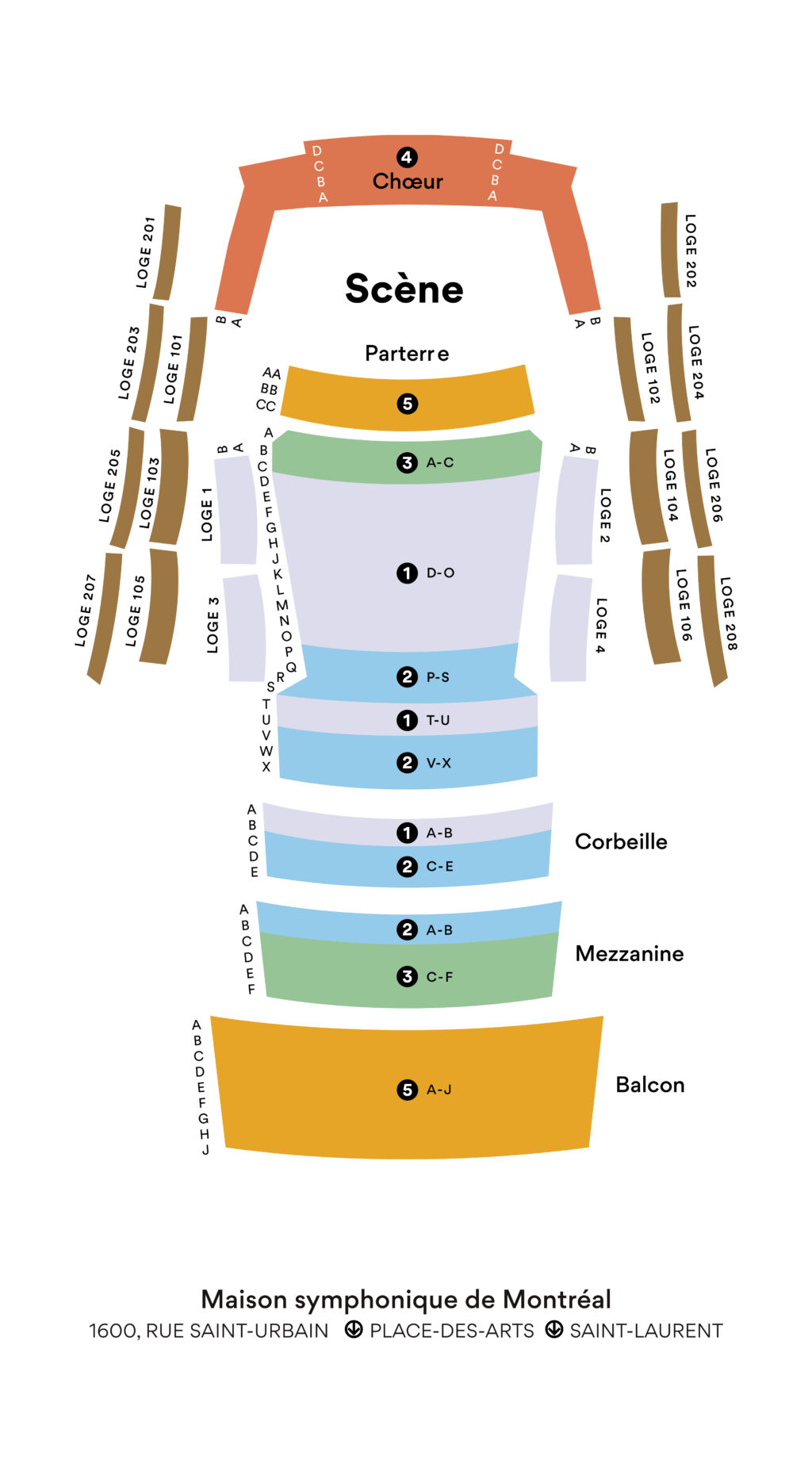Symphony No. 5
Prokofiev
1891 – 1953
Twentieth-century artists continually sought to reinvent their language of expression, and a given composer’s different creative phases or periods can often be discerned. Prokofiev is certainly no exception: he adopted several contrasting aesthetic approaches throughout his career.
Prokofiev’s seven symphonies reflect these changes by offering a convenient synopsis of his creative trajectory. His First Symphony, known as the “Classical,” was written in the style of Haydn. Beginning with his Second Symphony of “Iron and Steel,” his language becomes, however, decidedly modern. Then, a few decades later, the composer appears to have come full circle. As he avowed, “Of course I have used dissonance in my time, but there has been too much dissonance. Bach used dissonance as good salt for his music. Others applied pepper, seasoned the dishes more and more highly, until all healthy appetites were sick and until the music was nothing but pepper.”
The Fifth Symphony signalled Prokofiev’s return to a significantly less “seasoned” language. The work was written in 1944, just as the German defeat at the hands of Soviet forces seemed imminent. Correspondingly, this work is invested with a sense of relief and serenity. And since the Nazis surrendered only a few months after the Symphony’s premiere on January 13, 1945, in Moscow under the composer’s own direction, this tone proved to be warranted:
“The symphony crowns a great period of my work. I have thought of it as glorifying the human soul. In the Fifth Symphony, I wanted to sing the praises of the free and happy man—his strength, his generosity, and the purity of his soul. I cannot say I chose this theme; it was born in me and clamoured to express itself.” — Sergei Prokofiev
In addition to the full orchestra, this towering work includes a piano part as well as a large percussion section. Four themes heard in close succession form the framework of the first movement. In their development, these themes transport us from the most diaphanous lightness to sometimes overwhelming brutality. A long, radiant conclusion with tremolos at the piano completes this opulent, generously orchestrated movement.
The lively Scherzo is steeped in humour and sarcasm. The industrious bustle of this movement’s first few minutes opens on a section which, though lyrical, does not completely dispense with irony. It is then swept up in a vortex spearheaded by a commotion in the brass section, while the final measures culminate with shattering abruptness as the last chord resounds.
The ensuing Adagio intones an extended, wistful melody before a brief howl is heard in the orchestra, which then lapses back into nostalgia. For the concluding movement, Prokofiev offers an invigorating Allegro giocoso (the latter word meaning “joyful”), which begins timidly before it awakens and then soars with utmost energy and fervour. It is a thoroughly festive movement, in turn cheerful and at times caustic, highlighting all instrumental sections eager to join in the dance. This farandole leads the entire orchestra to a magnificent, uproarious finish.
